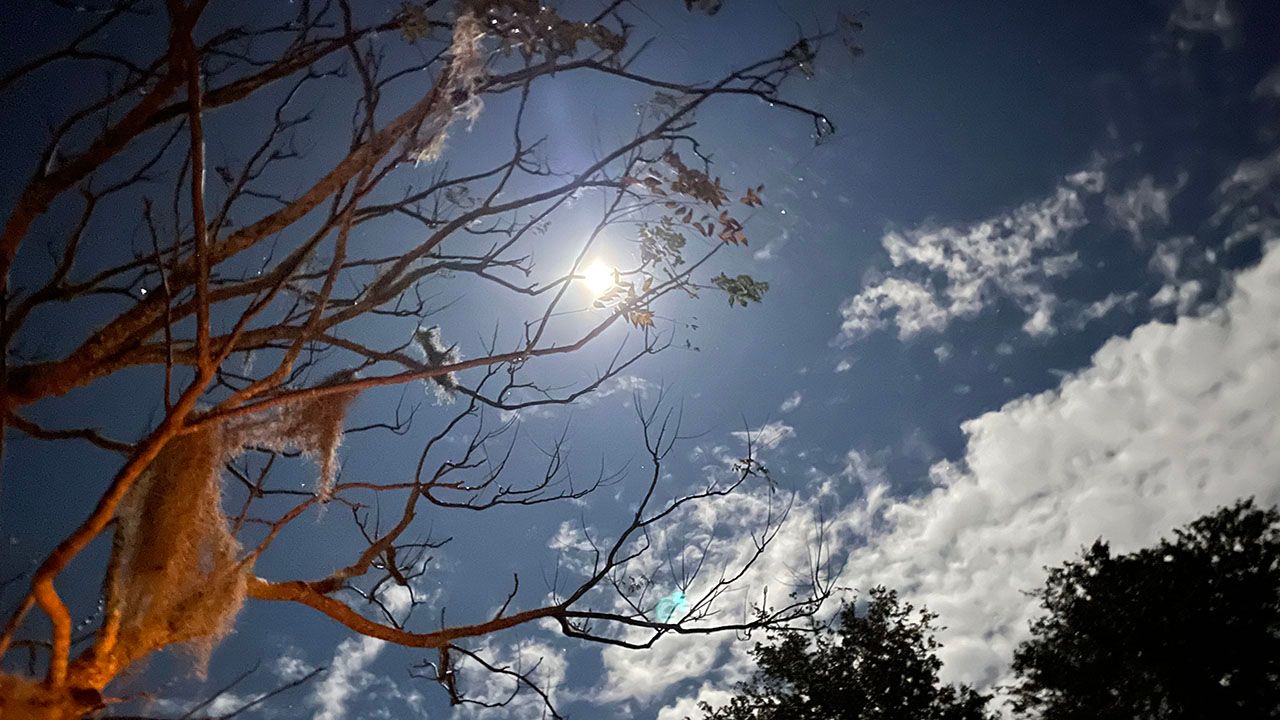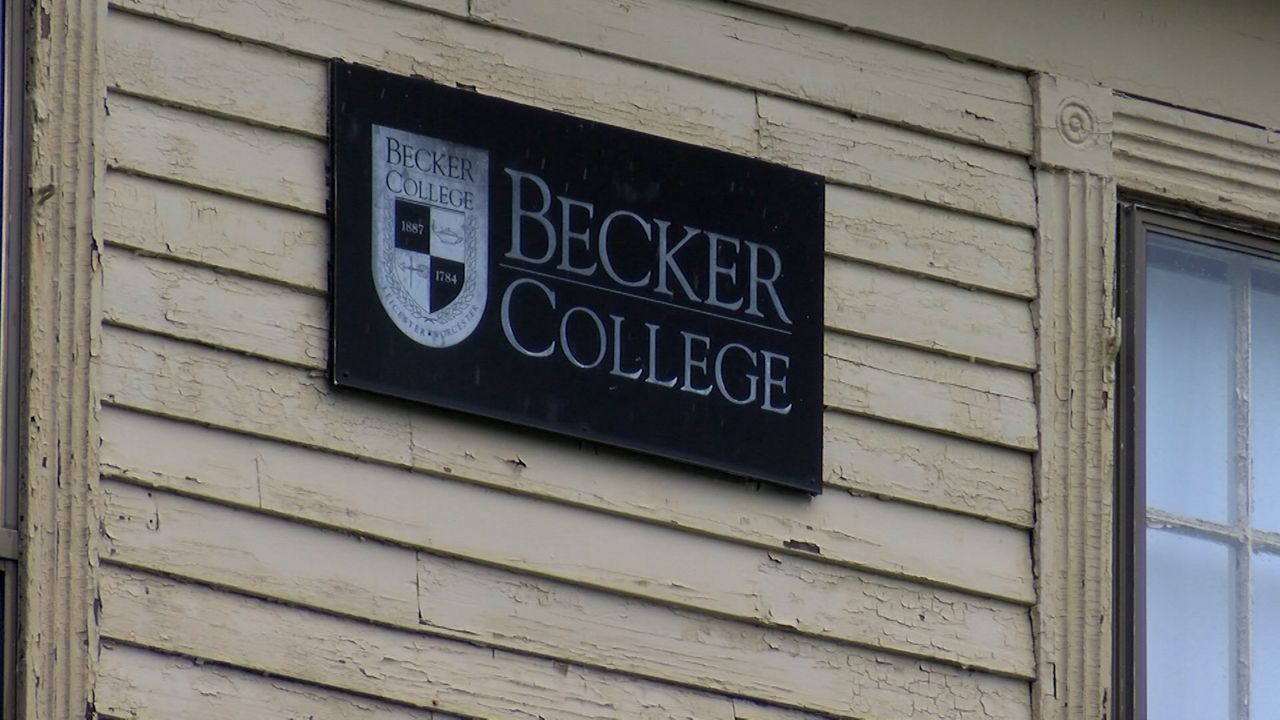WORCESTER, Mass. - As conversations surrounding wildfires on the West Coast continue across the country, Spectrum News 1 caught up with two local schools about what we’re learning from the devastation in California.
What You Need To Know
- Fires this week in California have killed at least 11 people and reduced some 12,000 structures to ash and rubble as of Friday
- The fires have consumed about 56 square miles, which is larger than the size of San Francisco
- Clark University Geography Professor John Rogan said, "It's the extreme conditions that make this so different, so dangerous”
- WPI Fire Protection Engineering Department PhD student Fernando Ebensperger is studying how embers can spread with their wind tunnel
Experts from Clark University and WPI are helping to put the fires into perspective as they continue out on the West Coast. One professor from Clark said the two unprecedented things happening in the area are the amount of fires happening at the same time and the amount of land being burned.
“I think about this in terms of Worcester's experience," John Rogan said. "If a fire started in Burncoat on Tuesday, it's already reached Green Island by Friday morning and every house has been burned along the way. So, it's really, really, unprecedented in terms of Malibu.”
Rogan, a geography professor, said the fires combined in California have already nearly burnt the equivalent of the area of the city of Worcester. He said resources are being spread thin with multiple fires spreading at once.
“It's like a whack-a-mole," Rogan said. "You're trying to contain one fire in one area, and another one is popping up in another area that's just far enough away that resources need to be either kept in one place or moved to another place.”
And the fires have been fueled by very high winds.
At Worcester Polytechnic Institute, their Fire Protection Engineering Department has one of the biggest labs of its kind in the U.S. PhD student Fernando Ebensperger is studying how embers can spread with their wind tunnel.
“The fire events, or embers, are these small glowing particles that appear from the burning trees or burning vegetation in the fires," Ebensperger said, "and can fly a couple of miles or a bunch of miles and start that secondary ignition point.”
Ebensperger said there’s a lot of questions and a lot of variables when it comes to wild fires, but the goal is to collect data to help protect communities.
“Understanding how they are going to travel and finally land in a new point will allow us to predict when this fire is going to occur, where is it going to occur," Ebensperger said. "And also, to create protocols and methodologies that allow us and enable us to protect, avoid or at least evacuate.”
When the fires are out and the dust settles, Rogan said the work in California will shift to preventing this much devastation from happening again.
“I think that whole system in California, Southern California, is going to need some form of a redo and a reappraisal in terms of when you have strong wind events," Rogan said. "We can expect these types of things to happen in the future."












